It is appropriate to establish a methodology for the classification of general-purpose AI models as general-purpose AI model with systemic risks. Since systemic risks result from particularly high capabilities, a general-purpose AI model should be considered to present systemic risks if it has high-impact capabilities, evaluated on the basis of appropriate technical tools and methodologies, or significant impact on the internal market due to its reach. High-impact capabilities in general-purpose AI models means capabilities that match or exceed the capabilities recorded in the most advanced general-purpose AI models. The full range of capabilities in a model could be better understood after its placing on the market or when deployers interact with the model. According to the state of the art at the time of entry into force of this Regulation, the cumulative amount of computation used for the training of the general-purpose AI model measured in floating point operations is one of the relevant approximations for model capabilities. The cumulative amount of computation used for training includes the computation used across the activities and methods that are intended to enhance the capabilities of the model prior to deployment, such as pre-training, synthetic data generation and finetuning. Therefore, an initial threshold of floating point operations should be set, which, if met by a general-purpose AI model, leads to a presumption that the model is a general-purpose AI model with systemic risks. This threshold should be adjusted over time to reflect technological and industrial changes, such as algorithmic improvements or increased hardware efficiency, and should be supplemented with benchmarks and indicators for model capability. To inform this, the AI Office should engage with the scientific community, industry, civil society and other experts. Thresholds, as well as tools and benchmarks for the assessment of high-impact capabilities, should be strong predictors of generality, its capabilities and associated systemic risk of general-purpose AI models, and could take into account the way the model will be placed on the market or the number of users it may affect. To complement this system, there should be a possibility for the Commission to take individual decisions designating a general-purpose AI model as a general-purpose AI model with systemic risk if it is found that such model has capabilities or an impact equivalent to those captured by the set threshold. That decision should be taken on the basis of an overall assessment of the criteria for the designation of a general-purpose AI model with systemic risk set out in an annex to this Regulation, such as quality or size of the training data set, number of business and end users, its input and output modalities, its level of autonomy and scalability, or the tools it has access to. Upon a reasoned request of a provider whose model has been designated as a general-purpose AI model with systemic risk, the Commission should take the request into account and may decide to reassess whether the general-purpose AI model can still be considered to present systemic risks.
